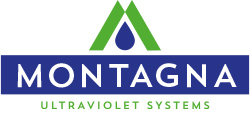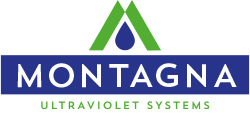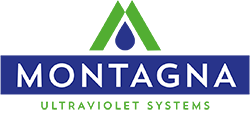AQUACULTURE
Increase the productivity of the fish farms, limiting the risks of diseases with an eco-friendly solution
The consumer demand for fish from the global markets and the growing pressure on natural reserves are leading to a great expansion of the aquaculture sector. To date, about 50% of the fish consumed worldwide comes from fish farming.
The sector’s growth offers great opportunities for the producers, but also increases the risks. It is necessary to increase the productivity of the breeding while limiting the chances of fish disease outbreaks and the use of chemicals, drugs and antibiotics. Many fish farms have to face an increasing scarcity of the available water resources and rely on water recirculation systems.
Often intensive and semi-intensive breeding farms take water from surface water sources that can introduce contaminants and pathogens harmful to fish. Aquaculture wastewaters also have to be treated to ensure compatibility with the ecosystem in which they are discharged.
ADVANTAGES
- Higher density and survival rate, reduction in the use of drugs and antibiotics
- No chemical additives harmful for the environment or that can alter water quality
- Suitable for intense breeding, with high water volumes
- Easy to operate and maintain
- Modularity and adaptability to variable flow rate
- Possible application in water recycling systems
APPLICATIONS
UV water treatment is one of the most effective solutions for aquaculture water disinfection as it prevents the outbreak of fish diseases. UV system treatments ensures the elimination of pathogens such as bacteria, virus, protozoa, spores and algae.
Our products can be used for the treatment of fluids both in pipes and in open waters, therefore they are suitable for hatcheries, fish farms, , depurators, aquariums, zoos, clinical laboratories and water treatment plants. Our systems can be fully integrated with the existing facilities and are usually installed at the end of the water treatment cycle (filtration, degasification, etc…) before the introduction in the tank or the discharge.


